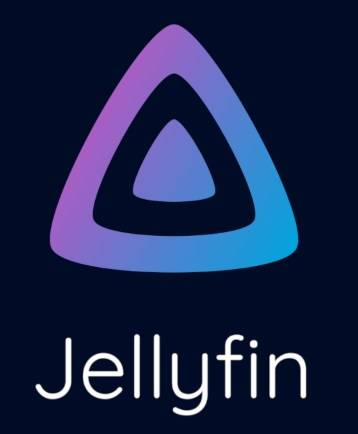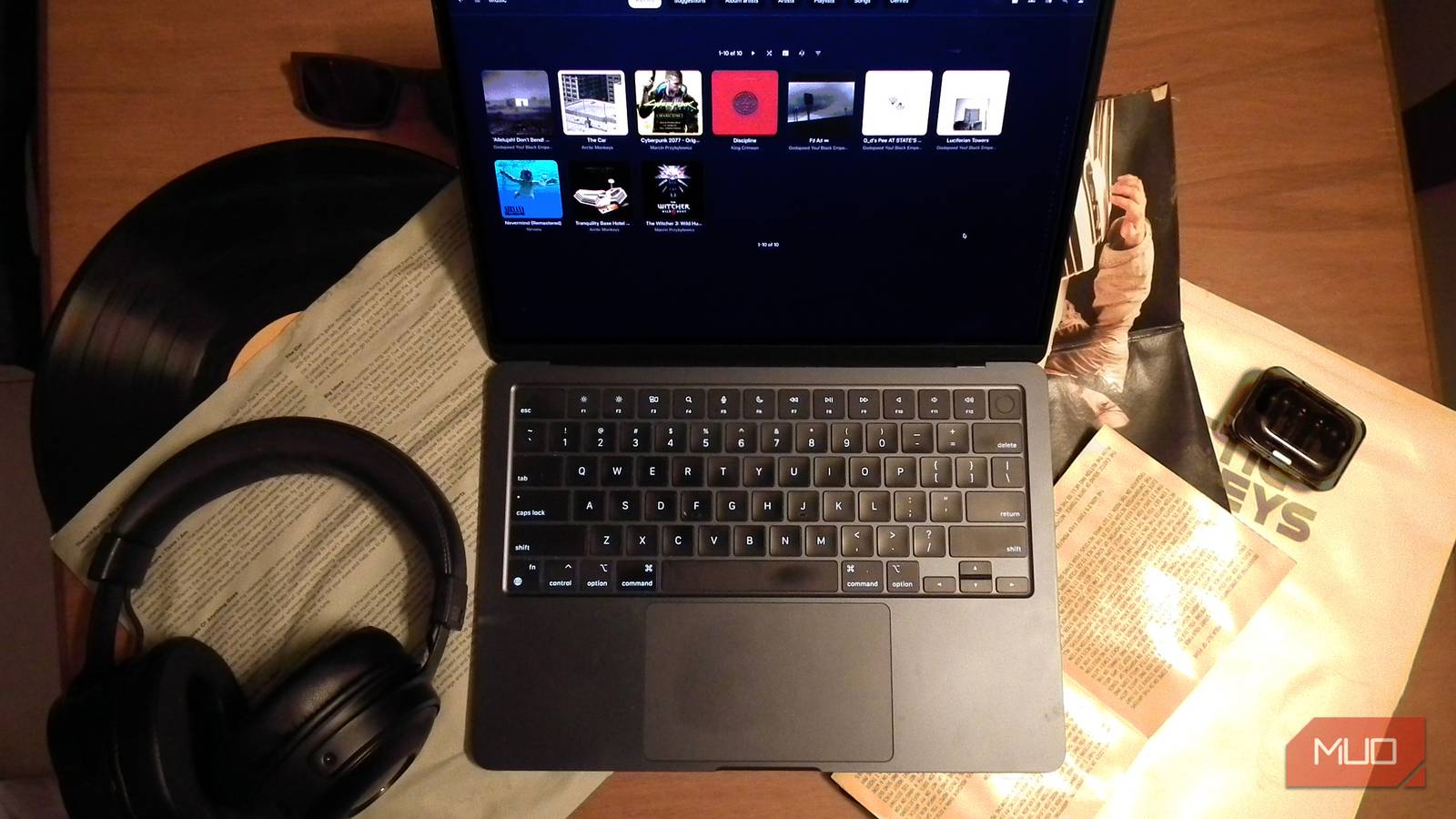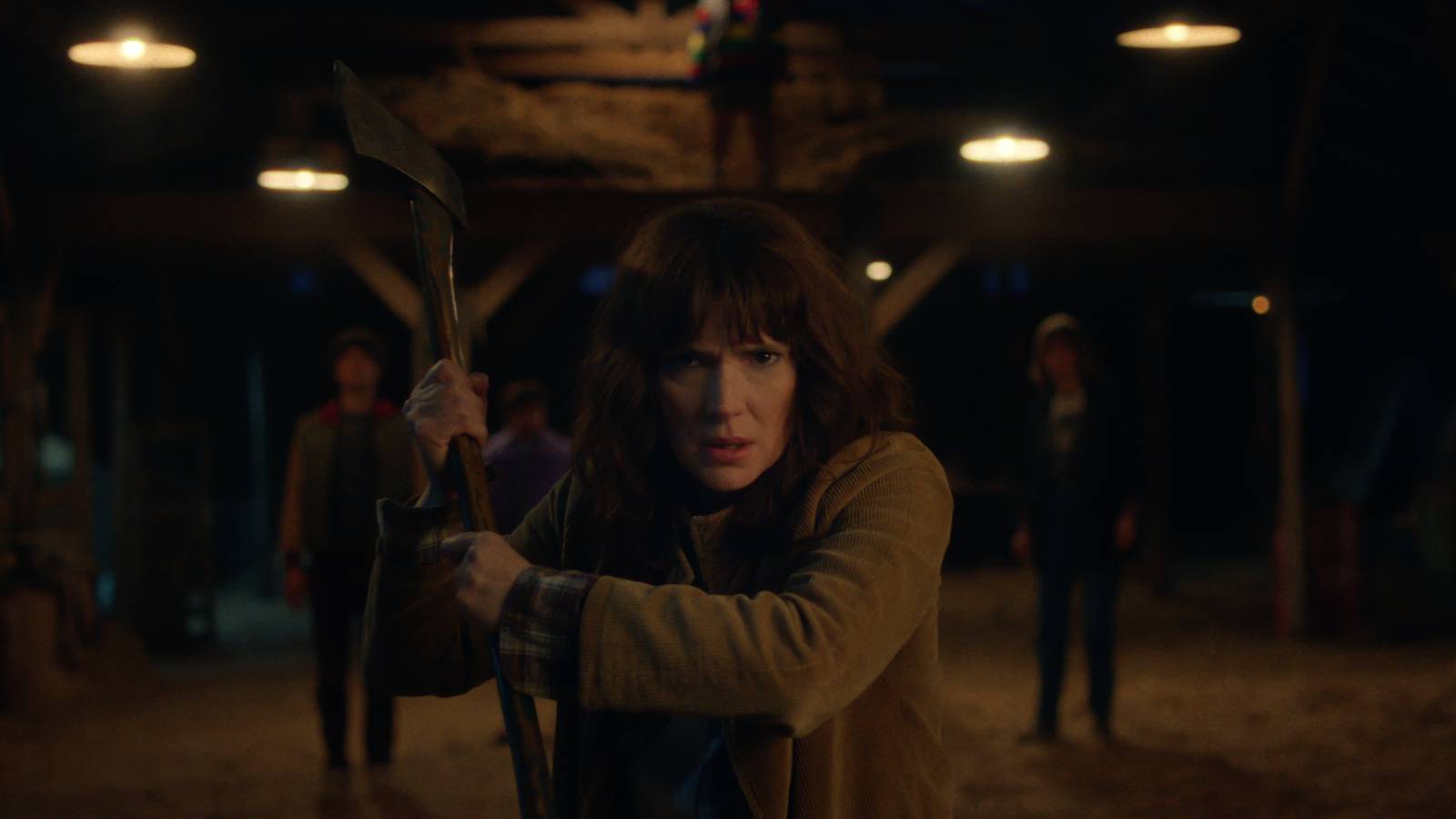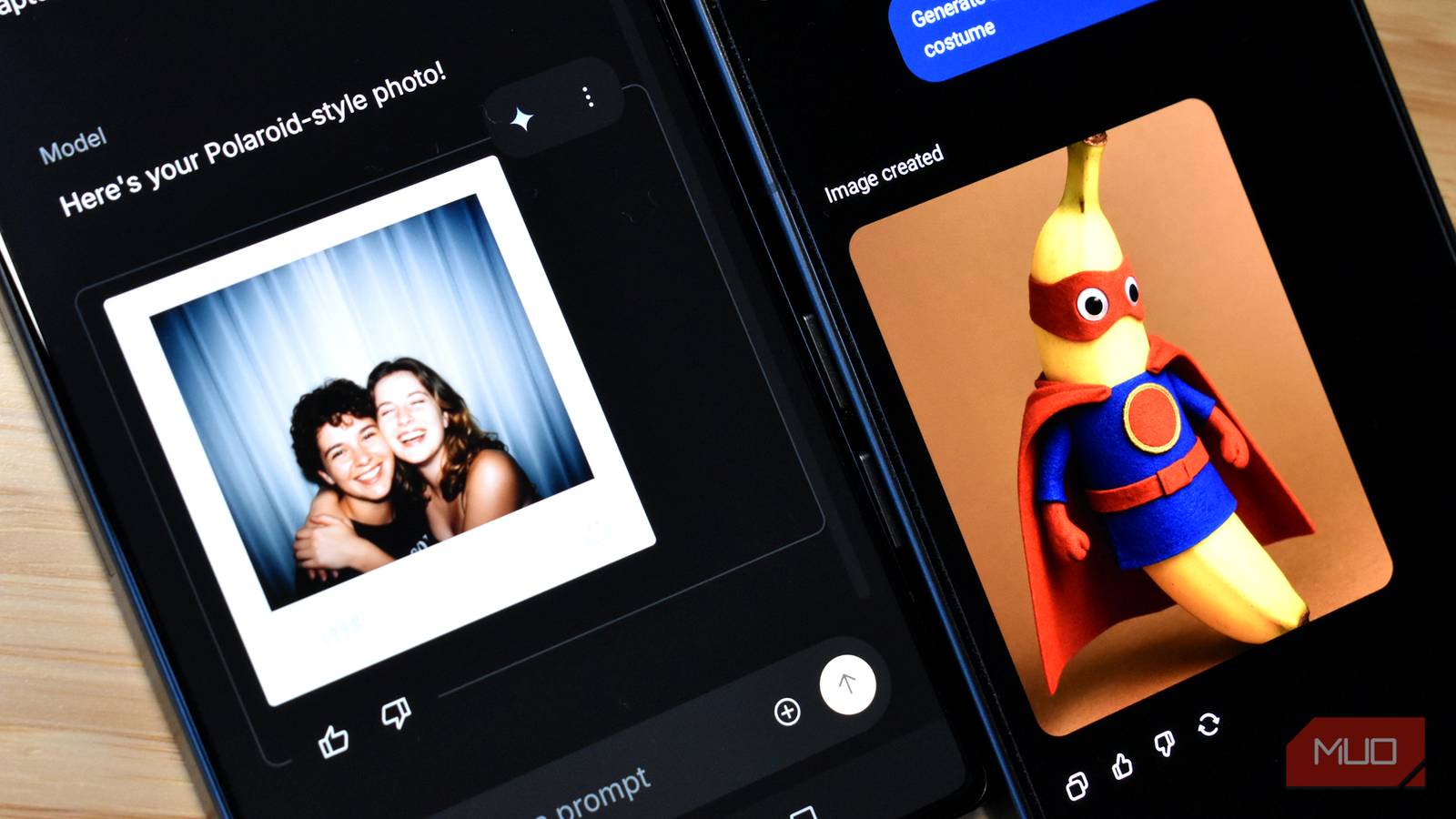So… I was going to introduce Godspeed You! Black Emperor (a post-rock band I greatly enjoy) to a friend. I told them the name, then decided to play a track of theirs on Spotify. I searched for them, and that weird thing happened again. You know, that thing where you look up an artist or a song and the only results you get are playlists. Playlists named after the album or the band, but containing none of their music. That thing.
The one music app I’ll never quit (sorry, Spotify and Apple)
From rare covers to seamless audio/video integration, YouTube Music delivers an experience that others can’t match.
What happened to my music on Spotify?
It’s all gone
I Googled the artist name + Spotify to find their page directly. There! I found the aritst page! I opened it, and it was empty. What? It was at this moment that I realized the artist had just everything from Spotify. And I mean everything, not just one album. I checked other platforms, and it turned out they had pulled their music from every streaming service.
You can imagine how disappointed I was. I really admired this band. I used one of their tracks in a short film I made years ago. I had different songs from them scattered across playlists for different moods. And now, they were just gone.
Well, not gone gone. Their music was still on Bandcamp, and their CDs and vinyls were still available. But it was a sobering reminder that despite admiring this band for so long, I never actually owned anything of theirs. Just Spotify playlists. Thinking back, the last time I bought a digital song was on Microsoft Groove Music (does anyone even remember that?). I paid $2 for one Eminem track. I was 14.
Spotify giveth, and Spotify taketh away.
It wasn’t the first time this had happened. I’d seen songs in my Spotify Liked Songs go gray over the years. Sometimes it’s regional availability. Sometimes there’s a dispute between an artist and their label, or between an artist and Spotify. Sometimes music just disappears. I discovered this band through Spotify — there’s almost no universe in which I would have stumbled on them otherwise. But Spotify giveth, and Spotify taketh away.
My new rule for Music
If I play it on repeat, I buy it
I made a decision, and I genuinely think you should consider it too. From now on, I’m treating streamed music as a “free trial” (even though I’m paying $12 a month for that trial). I’ll use Spotify to listen, explore, repeat songs, whatever. But the moment I realize something has been on eternal repeat, I’ll buy it.
It’s a win-win. I get to actually own_something I know I want, and the artist gets at least some compensation. The Godspeed You! Black Emperor albums are $10 on Bandcamp. I know for a fact I’ve gotten far more than $10 worth of enjoyment from them, so it feels good to pay that.
Let me clarify the title here and now: I’m not ditching Spotify entirely. I’m ditching Spotify as my music collection. After all, if I didn’t get to listen first, how would I know what to buy? That’s the whole point. I’ll keep Spotify for discovery and convenience, but the music I truly love will be cataloged. I deserve to have those songs permanently, and the artist deserves actual support. I decided to build my own music catalog, but of course, my catalog wasn’t going to be on a shelf.
Taking control with Jellyfin
A self-hosted setup brings back the feeling of real ownership
I already had Jellyfin installed. I love it. I’ve been using it for a while, and my love for it hasn’t faded at all — if anything, it’s grown deeper. Jellyfin also supports music, so I already had the perfect foundation. It effectively gave me the main benefit of Spotify, but on my own terms: playing my library on any device, anywhere.
I do own some CDs and vinyls, though not many. Most were gifts. I also have the Cyberpunk 2077 and The Witcher 3 OSTs that came with my purchases (thank you CDPR for doing this).
I had already ripped most of these CDs to my computer. I could listen to them whenever I wanted. No one could take them away. Even if my computer died, I could rip them again. That’s the sense of ownership I’d been missing. That’s also why I loved filling my Jellyfin with movies, and now I’ve realized the same logic applies to my music.
Ironically, none of the devices I own can even read CDs, so I had to use a friend’s old laptop.
I ripped the remaining CDs, moved everything into my Jellyfin library, and within seconds everything was automatically sorted with metadata and album art. Since these are from physical media or bundled OSTs, they’re much higher quality than Spotify’s default streaming quality. I know, Spotify now has a Lossless tier, but why stream Lossless when I have it on my computer?
Above, you can see my humble catalog. It’s not much, but it’s mine. Jellyfin also supports lyrics. They’re downloaded, so unlike Spotify, you can see them offline. Jellyfin even lets you download tracks directly to your device for true offline use.
You can expose your Jellyfin server to the internet so you can access it outside your home. That’s what I did.
My only complaint is that lyrics aren’t synced. They’re static, so you scroll manually. Synced lyrics would be great on my TV, but maybe there’s a plugin I haven’t discovered yet. I’m also hunting for new themes, so expect my Jellyfin setup to look better the next time you see it.

- OS
-
Android, iOS/iPadOS, Android TV, Fire TV, Web browsers
- Developer
-
Jellyfin Community
A better way to listen
Streaming is convenient. It’s comfortable, and it’s absolutely staying in my life — but it’s not real. If something matters to me, I want it stored on my drives, on my server, in a format no corporation can take away because of a contract dispute or a quiet catalogue purge at 3 a.m. If an artist means something to me, the least I can do is keep their work somewhere no algorithm or licensing deal can touch it. Think about it!












